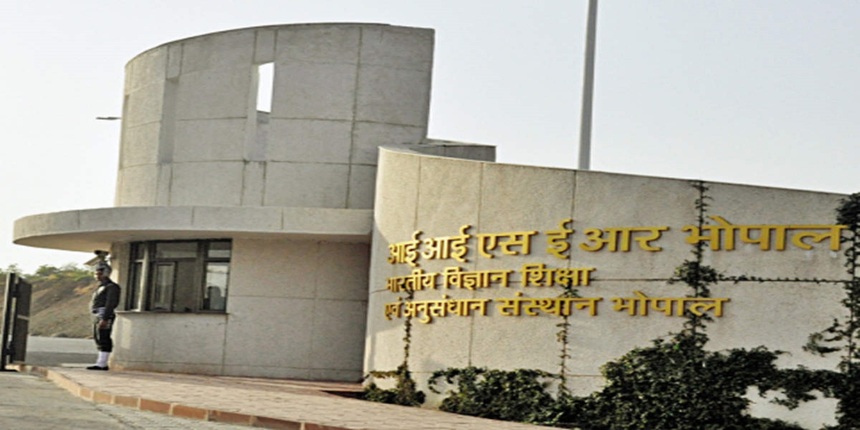IISER Bhopal study shows rise in greenhouse gas emissions from agricultural residue burning in India
IISER Bhopal study shows Punjab as the highest emitter, with 27% of its cultivated area burned in 2020 followed by Madhya Pradesh.
 IISER Bhopal research reveals a 75 percent increase in greenhouse gas emissions (Image: Official)
IISER Bhopal research reveals a 75 percent increase in greenhouse gas emissions (Image: Official)Tanuja Joshi | September 27, 2023 | 02:30 PM IST
NEW DELHI: The Indian Institute of Science Education and Research Bhopal (IISER) collaborated with CIMMYT and University of Michigan researchers to develop a satellite-based technology that provides insights into greenhouse gas emissions from agricultural residue burning in India.
The research was conducted by Monish Deshpande, research scholar, greenhouse gas modelling and applications group, IISER Bhopal, within the framework of the IISERB-CIMMYT collaborative project led by Dhanyalekshmi K Pillai, assistant professor and head of the Max Planck Partner Group, IISER Bhopal.
The study was published in the journal Science of the Total Environment. The journal paper was co-authored by various researchers affiliated with IISER Bhopal, CIMMYT Hyderabad, and the University of Michigan who are Monish Vijay Deshpande, Nitish Kumar, Dhanyalekshmi K Pillai, Vijesh V Krishna, and Meha Jain.
ALSO READ| IISER Bhopal researchers publish study on improving rainfall forecast in the country
As per the institute, the study shows how spectral data that is light and other electromagnetic radiation collected by space-based instruments can accurately estimate greenhouse gas emissions on a large scale. The study uses remote sensing technology to offer insights into the scale of CRB emissions across the country.
The IISER Bhopal research reveals a 75 percent increase in greenhouse gas emissions over the past decade, with Punjab and Madhya Pradesh as the top emitters. The burning of rice, wheat, and maize crops accounted for 97 percent of India's agricultural burning emissions, with rice being the largest contributor at 55 percent.
Crop residue burning (CRB) is the most frequently used method for handling residues and has raised serious environmental concerns. Indian farmers burn approximately 87 million tonnes of crop residues annually.
ALSO READ| JNU professor Gobardhan Das appointed director of IISER Bhopal
Explaining the seriousness of the issue, Dhanyalekshmi K Pillai, assistant professor and head of the Max Planck Partner Group, IISER Bhopal, said, "Crop residue burning has significant repercussions, as it releases pollutants and greenhouse gases to the atmosphere, leading to severe and adverse impacts on climate, public health, and food security. Current agricultural practices are unsustainable and adequate technology interventions are crucial."
Monish Deshpande, research scholar, greenhouse gas modelling and applications group, IISER Bhopal, said, “The Indian government implemented measures to reduce crop residue burning, such as incentives for farmers for not burning and promoting biofuel production from residues. While there was an initial decrease in burning in 2014-2015 due to policy implementation, a surge occurred in 2016, highlighting the need for more effective and sustainable policies."
Follow us for the latest education news on colleges and universities, admission, courses, exams, research, education policies, study abroad and more..
To get in touch, write to us at news@careers360.com.




